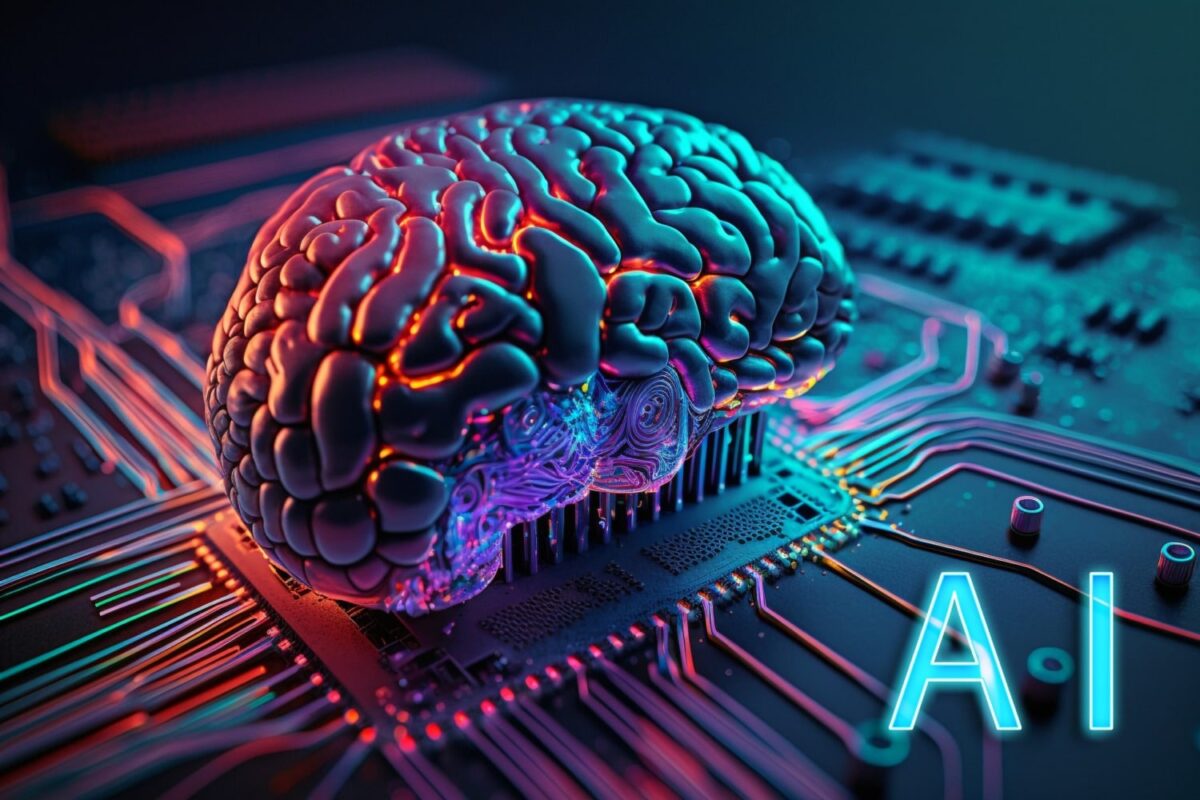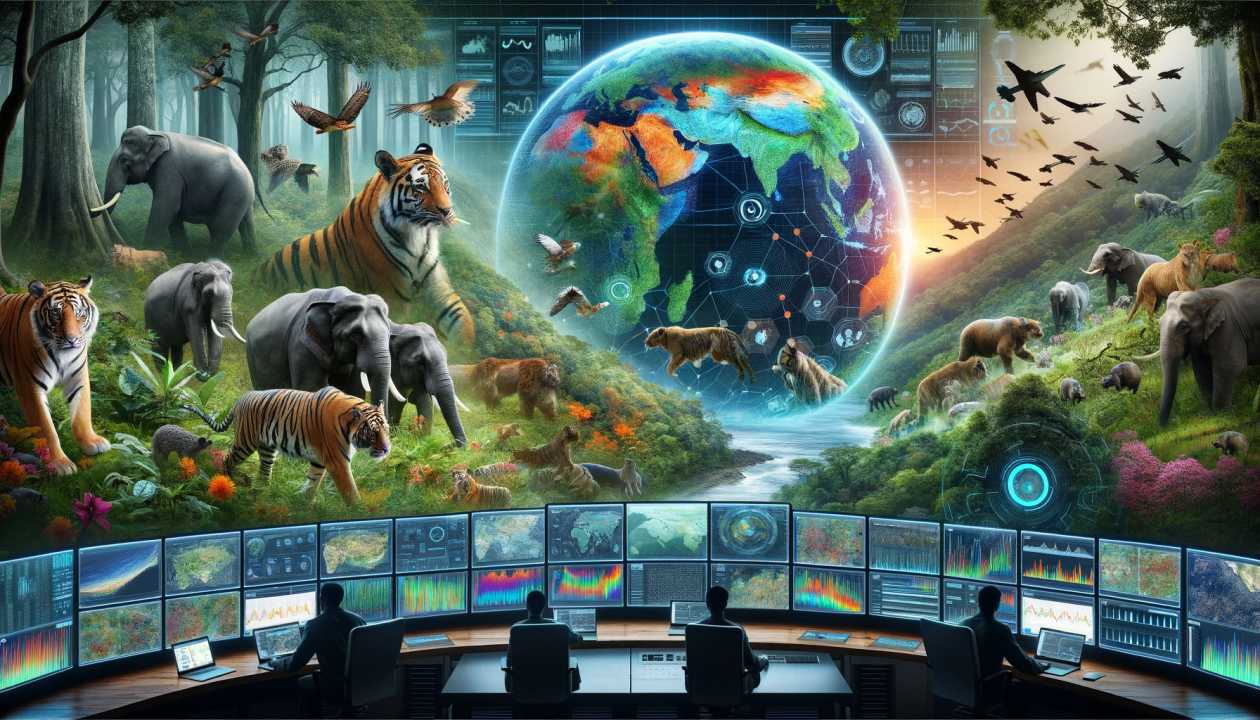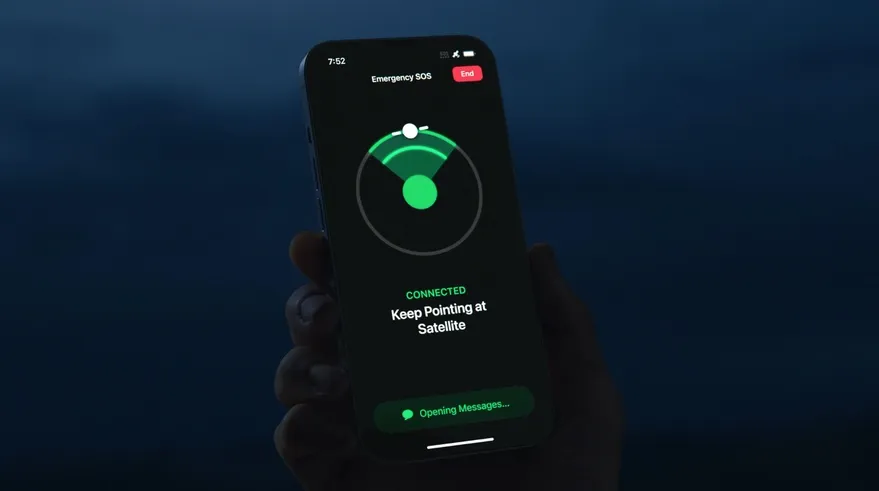justineanweiler.com – As technology continues to evolve, two industry giants, Meta (formerly Facebook) and Nvidia, are leading the charge toward shaping the future of social media and personal technology. Both companies are at the forefront of innovation in their respective domains—Meta with its vision for the metaverse and social platforms, and Nvidia with its advancements in artificial intelligence (AI), graphics processing units (GPUs), and computing power. Together, their technologies have the potential to redefine how we interact online, how we experience virtual spaces, and how personal technology integrates into our daily lives. This article explores the synergies between Meta and Nvidia and their role in shaping the future of digital experiences.
Meta’s Vision: The Metaverse and Beyond
Meta has been aggressively pursuing its metaverse vision—a shared, immersive virtual world where people can interact, work, play, and socialize using augmented reality (AR) and virtual reality (VR). This virtual environment would seamlessly blend the digital and physical worlds, allowing users to engage in experiences that transcend traditional social media.
Meta’s platforms, including Facebook, Instagram, WhatsApp, and Horizon Worlds, are evolving to support this ambitious goal. The metaverse promises to offer deeper, more immersive social connections, where avatars, 3D environments, and real-time interactions redefine how people communicate and collaborate. This vision, however, requires significant technological innovation, especially in graphics, AI, and real-time computing, which is where Nvidia comes in.
Nvidia’s Role: Powering the Next Generation of AI and Graphics
Nvidia has long been a leader in GPUs, which are crucial for rendering the high-quality graphics required for VR and AR experiences. More recently, Nvidia’s focus on AI and machine learning has cemented its role as a critical player in building the infrastructure that the metaverse demands. AI-enhanced computing allows for real-time rendering of vast virtual worlds, complex simulations, and realistic avatars.
Moreover, Nvidia’s Omniverse platform, which enables collaboration in 3D spaces across multiple industries, is highly relevant to Meta’s vision. The Omniverse allows developers, designers, and creators to build and interact within virtual environments, similar to Meta’s vision of the metaverse. This partnership potential between Meta’s social platforms and Nvidia’s AI-powered graphics capabilities is crucial for delivering the seamless, immersive experiences that users expect from next-generation digital environments.
The Intersection of AI, Social Media, and Virtual Worlds
As Meta and Nvidia deepen their respective investments in AI and virtual worlds, the possibilities for transforming social media are immense:
- Immersive Social Media Experiences: Meta’s metaverse concept could turn traditional social media into something far more immersive. Instead of scrolling through 2D timelines, users could interact with virtual avatars, attend digital concerts, explore virtual worlds, and even conduct business meetings in VR. Nvidia’s advanced GPUs and AI capabilities would ensure these environments run smoothly and are visually stunning.
- Real-Time AI Interactions: Nvidia’s AI expertise can enhance real-time interactions in the metaverse. For example, AI could enable more realistic avatar animations, natural language processing for real-time voice conversations, and automated content moderation to maintain safe and healthy virtual communities.
- Personalized Digital Worlds: AI algorithms could personalize virtual environments based on user preferences, much like how social media platforms currently personalize content feeds. Nvidia’s AI computing could power real-time adjustments, allowing virtual worlds to adapt to individual users’ interests, making each experience unique.
- Cross-Platform Integration: Nvidia’s Omniverse offers the potential for cross-platform integration, where different virtual spaces and environments can communicate with each other. This would mean Meta’s metaverse could interact with other platforms, allowing users to have unified experiences across different virtual worlds, all powered by Nvidia’s cloud-based infrastructure.
The Future of Personal Technology
The collaboration between Meta and Nvidia also extends to personal technology. Both companies are invested in creating new types of wearable devices and smart gadgets that integrate AI and immersive experiences into everyday life.
- Smart Glasses: Meta has already entered the smart glasses market with Ray-Ban Stories, offering basic AR features and hands-free social media integration. With Nvidia’s GPU and AI technology, future iterations of these glasses could offer fully immersive AR experiences, allowing users to interact with virtual objects in the real world or enter the metaverse on the go.
- Wearable AI Devices: Nvidia’s advancements in AI-on-the-edge computing could power the next generation of wearable devices that Meta plans to develop. These devices could offer real-time health monitoring, context-aware notifications, and AI assistants capable of understanding and predicting user behavior. Meta’s vast social platform ecosystem could seamlessly integrate these AI-powered devices into everyday life.
- Gaming and Entertainment: Nvidia’s GPUs are already the gold standard for gaming, and its AI-powered platforms like GeForce Now offer cloud-based gaming experiences. As Meta pushes into the metaverse, gaming and entertainment could become a central focus, with Nvidia providing the hardware and software infrastructure to make these immersive experiences accessible to a global audience.
Challenges and Opportunities
While the potential for collaboration between Meta and Nvidia is immense, there are significant challenges to overcome:
- Privacy and Data Security: Both companies handle vast amounts of personal data, and creating immersive virtual worlds will only increase the need for stringent privacy protections. AI-driven environments that collect real-time data from users, including biometric data, pose new challenges in terms of how this information is stored, used, and protected.
- Hardware and Accessibility: Making AR and VR hardware affordable and accessible to the masses remains a challenge. High-quality immersive experiences require powerful GPUs, which can be expensive. Nvidia’s ongoing work in making cloud-based gaming and AI more accessible through its platforms could help bridge this gap.
- Ethical Use of AI: As AI becomes more integrated into social media and personal technology, ensuring that its use is ethical and transparent is critical. Issues such as AI-driven misinformation, surveillance, and algorithmic bias need to be addressed to ensure the responsible development of these technologies.
Conclusion
Meta and Nvidia are two powerful players driving the future of social media and personal technology. Together, they are working to create a future where immersive virtual worlds, powered by AI, redefine how we interact, work, play, and live. By combining Meta’s ambitious metaverse vision with Nvidia’s cutting-edge AI and GPU technologies, they have the potential to reshape digital interactions and personal technology in ways we can only begin to imagine.
As they continue to innovate, the next decade promises to bring significant advancements in how we experience social media, entertainment, and even everyday life, making it more connected, immersive, and intelligent than ever before.





